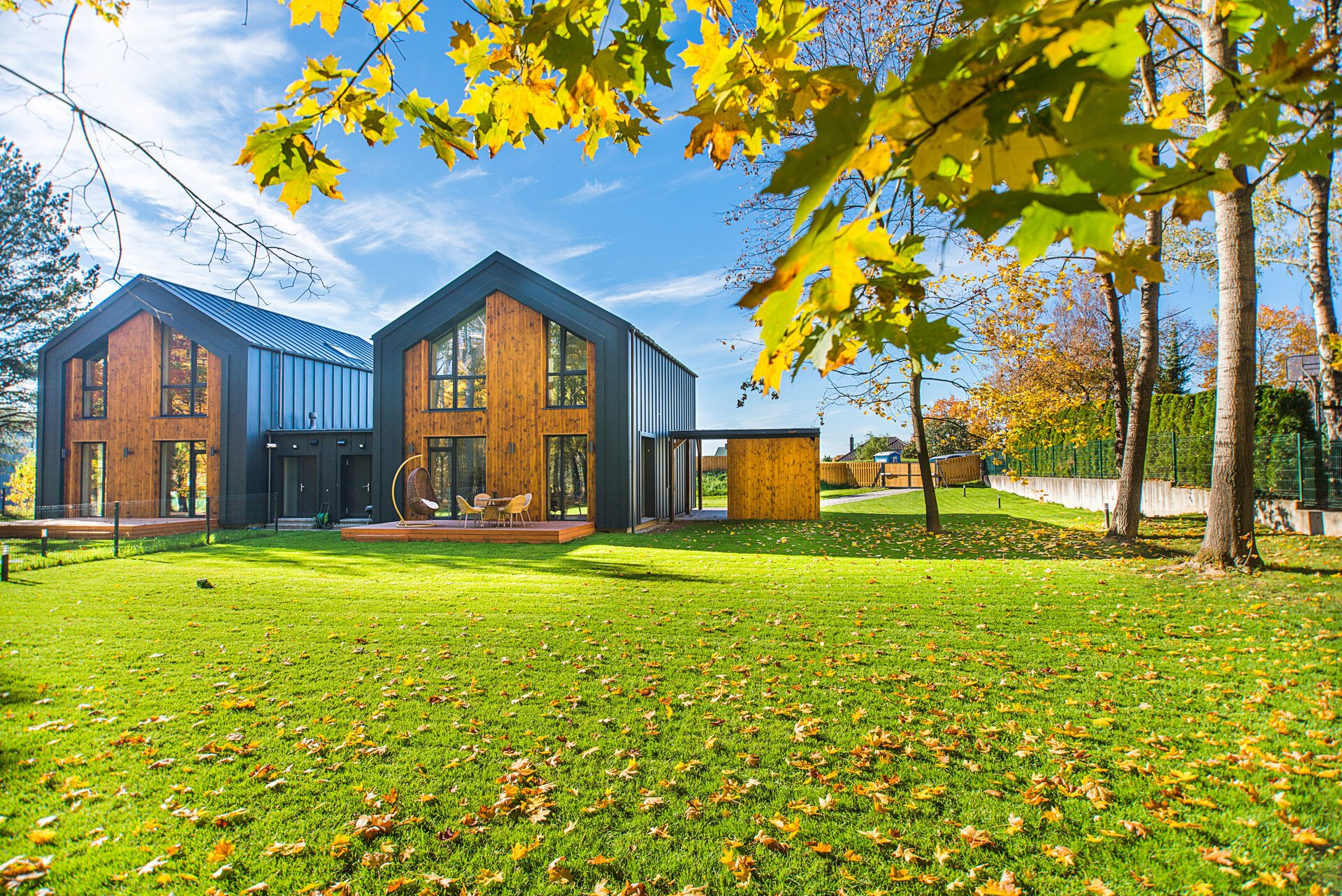
Tips for building your green home
February 05, 2020
It used to be a fad, but now the good vibes gained in minimising your carbon footprint around the house are compounded by increased property value, fewer electricity and water costs, and, improved over all quality.
So, if you are planning to build your dream Net Zero-certified green home, or simply wanting to include some eco-friendly elements to your house plans house, start by considering the same points that commercial office-block owners and large residential home developers think about:
Build smaller, and better
Creating a smaller home is not a principle that fixes you into a tiny home, rather it requires you to use good design principles to make you feel like you are living inside an expansive home. Even the best green building techniques can be improved upon to make the environmental impact smaller, if a smaller home is created than originally intended. As people become used to living in dense urban environments, the appeal of efficiency, reduced maintenance and lower ecological impact is a serious attraction. The extra thinking in how to plan and design your home will not be wasted, especially if you design the home around your lifestyle while keeping the space manageable and cost-effective.
Get more light and energy, but less heat
Planning and designing a new home to take advantage of sunlight brings the chance to model the position, orientation and height of the building to better understand, for example, how to generate the most energy from solar PV while being as efficient as possible with unwanted heat gain.
Keep your roof cool
Reflecting solar energy away from your roof allows it (and your home) to cool faster at night and hold less heat – allowing you to use less electricity to cool your home. There are many roofing products available to be installed, and while some may are more expensive, they typically last longer, break less and increase energy savings inside the building. Living roofs, built so that plants can grow on the roof by catching, filtering and slowing rain water run-off, are mostly seen on office buildings although they have been successfully incorporated in residential roofs. They provide excellent insulation properties and help cool the surrounding air.
Sustainable finishes
Reclaimed wood, recycled flooring or countertops of glass or paper, bamboo, or sustainably-sourced timber go a long way to decreasing the carbon footprint of your home. Sustainable products used for green building fit-outs are characterised by being non-toxic, and as the market has matured this contribution to air quality and health has been paired with a high quality finish and durability.
Site advantages
Plan the site your home will rest in carefully. Do you want to enjoy greenery, while still being water- wise? Or do you live in a high-rainfall area and you need to guard against flooding? Landscaping to collect rainwater to recharge cisterns, irrigation tanks or retention ponds can save on water costs, benefit the local ecosystem and reduce the burden on municipal systems.
Water-wise on the inside
Plumbing your home with a grey water system to irrigate your garden with your washing water is neither difficult nor an extra expense, if you are building from scratch. Neither is installing low-flow shower heads and bathroom aerators. Instead of draining away the water you use inside your home, reuse it to ensure your garden flourishes to cool the air around your home, and ensure mature trees around the property remain healthy and provide shade from the afternoon sun. Just make sure your soap and detergents are as ecologically sensitive as your house design.
Good windows help significantly
Energy-efficient windows not only reduce the sound transfer between outside and inside but also the energy transfer. So they will keep more heat out of your home, even with direct sunlight pouring in and, in winter create the reverse effect by not letting interior heat escape through poor window insulation or be quickly cooled by cold window glass.
Good advice is the first step
The GBCSA contains a wide database of service providers who are able to give you advice and assistance on all stages of your new house building project – from the planning and design stage through to material selection and construction. Search the GBCSA member database for expert green advice: https://gbcsa.org.za/resources-listings/members-directory/






